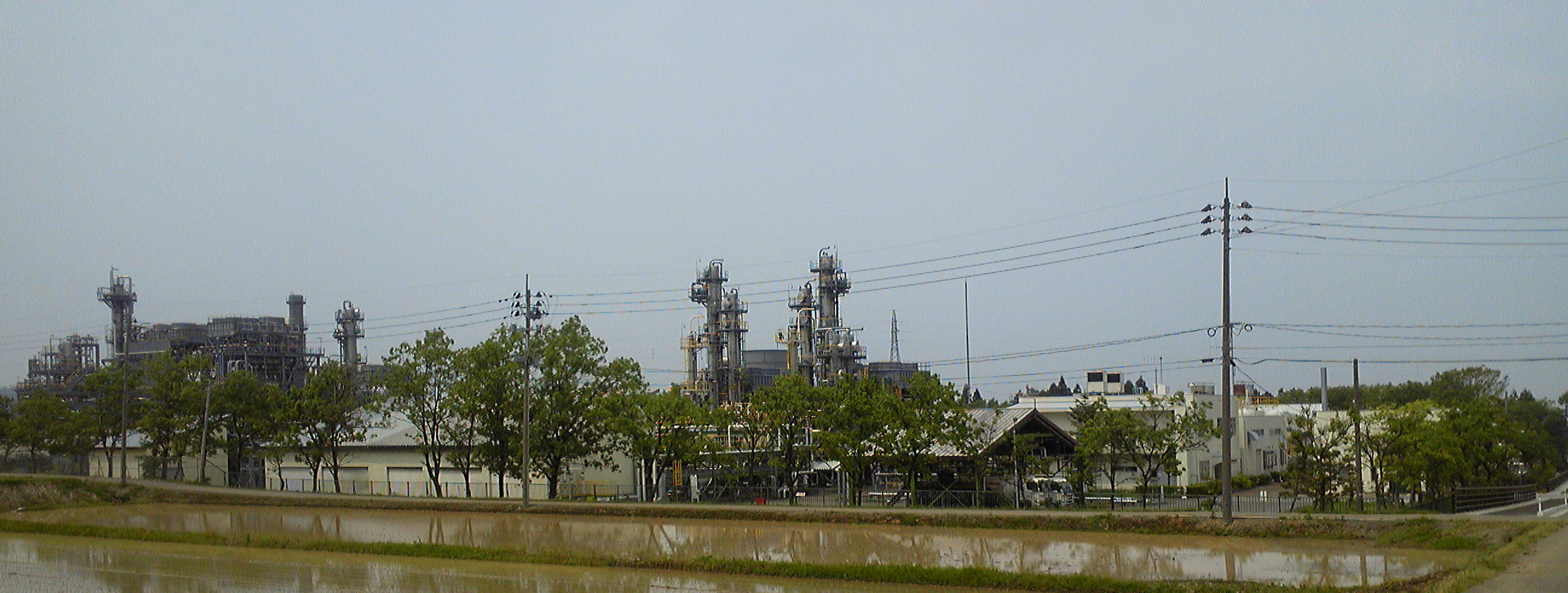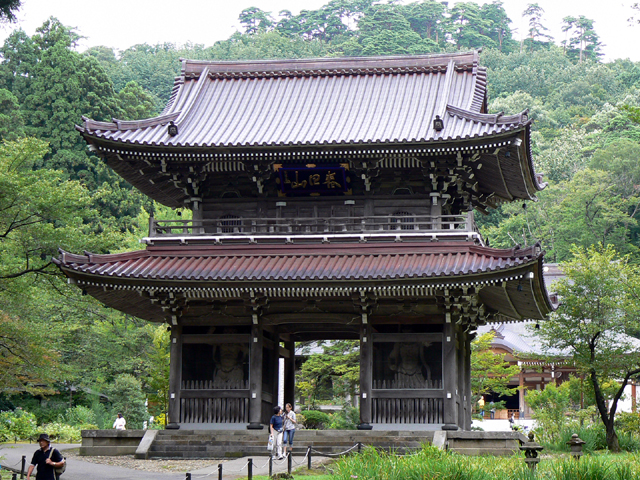|
Minami-Nagaoka Gas Field
The is a natural gas field, gas field located in the southwest of Nagaoka, Niigata, Nagaoka, Niigata Prefecture, Japan. It was discovered in 1979 and is developed by Inpex, INPEX Corporation. One of the largest in Japan, the field has been in production since 1984, with the completion of the Koshijihara Gas Plant. Even after more than 25 years of continuous output, Minami-Nagaoka still accounts for approximately 40% of Japan's total natural gas production. Inpex websitMinami-Nagaoka Gas Field and Domestic Natural Gas BusinessRetrieved on August 17, 2012 References Natural gas fields in Japan Geography of Niigata Prefecture Nagaoka, Niigata {{niigata-geo-stub ... [...More Info...] [...Related Items...] OR: [Wikipedia] [Google] [Baidu] |
Natural Gas Field
A petroleum reservoir or oil and gas reservoir is a subsurface accumulation of hydrocarbons contained in porous or fractured rock formations. Such reservoirs form when kerogen (ancient plant matter) is created in surrounding rock by the presence of high heat and pressure in the Earth's crust. Reservoirs are broadly classified as ''conventional'' and '' unconventional'' reservoirs. In conventional reservoirs, the naturally occurring hydrocarbons, such as crude oil (petroleum) or natural gas, are trapped by overlying rock formations with lower permeability, while in unconventional reservoirs the rocks have high porosity and low permeability, which keeps the hydrocarbons trapped in place, therefore not requiring a cap rock. Reservoirs are found using hydrocarbon exploration methods. Oil field An oil field is an area of accumulated liquid petroleum underground in multiple (potentially linked) reservoirs, trapped as it rises to impermeable rock formations. In industrial te ... [...More Info...] [...Related Items...] OR: [Wikipedia] [Google] [Baidu] |
Nagaoka, Niigata
is a Cities of Japan, city located in Niigata Prefecture, Japan. It is the second largest city in the prefecture, after the capital city of Niigata, Niigata, Niigata. , the city had an estimated population of 264,611 in 109,283 households and a population density of . The total area of the city was . Geography Nagaoka is in the center of Niigata prefecture and the surrounding Chūetsu region of Japan, between 138th meridian east, longitude 138°E and 37th parallel north, latitude 37°N. It is 80 minutes from Tokyo by way of the Joetsu Shinkansen or three hours on the Kan-Etsu Expressway and is considered a strategic traffic point in the region. Nagaoka was an inland city until January 1, 2006, when the city merged with four municipalities; two were touching the Sea of Japan. The Shinano River flows through the city from south to north and industrial development is on both banks of the river. The Higashiyama mountain range lies to the east. Surrounding municipalities * Niigata ... [...More Info...] [...Related Items...] OR: [Wikipedia] [Google] [Baidu] |
Niigata Prefecture
is a Prefectures of Japan, prefecture in the Chūbu region of Honshu of Japan. Niigata Prefecture has a population of 2,131,009 (1 July 2023) and is the List of Japanese prefectures by area, fifth-largest prefecture of Japan by geographic area at . Niigata Prefecture borders Toyama Prefecture and Nagano Prefecture to the southwest, Gunma Prefecture to the south, Fukushima Prefecture to the east, and Yamagata Prefecture to the northeast. Niigata, Niigata, Niigata is the capital and largest city of Niigata Prefecture, with other major cities including Nagaoka, Niigata, Nagaoka, Jōetsu, Niigata, Jōetsu, and Sanjō, Niigata, Sanjō. Niigata Prefecture contains the Niigata Major Metropolitan Area centered on Niigata with a population of 1,395,612, the largest metropolitan area on the Sea of Japan coast and the twelfth-largest in Japan. Niigata Prefecture is part of the historic Hokuriku region and features Sado Island, the sixth largest island of Japan in area following the List o ... [...More Info...] [...Related Items...] OR: [Wikipedia] [Google] [Baidu] |
Japan
Japan is an island country in East Asia. Located in the Pacific Ocean off the northeast coast of the Asia, Asian mainland, it is bordered on the west by the Sea of Japan and extends from the Sea of Okhotsk in the north to the East China Sea in the south. The Japanese archipelago consists of four major islands—Hokkaido, Honshu, Shikoku, and Kyushu—and List of islands of Japan, thousands of smaller islands, covering . Japan has a population of over 123 million as of 2025, making it the List of countries and dependencies by population, eleventh-most populous country. The capital of Japan and List of cities in Japan, its largest city is Tokyo; the Greater Tokyo Area is the List of largest cities, largest metropolitan area in the world, with more than 37 million inhabitants as of 2024. Japan is divided into 47 Prefectures of Japan, administrative prefectures and List of regions of Japan, eight traditional regions. About three-quarters of Geography of Japan, the countr ... [...More Info...] [...Related Items...] OR: [Wikipedia] [Google] [Baidu] |
Inpex
INPEX Corporation is a Japanese oil company established in February 1966 as North Sumatra Offshore Petroleum Exploration Co., Ltd.The Japan TimeInpex fetches 549,000 yen in debut on first section November 18 2004 Retrieved on August 14, 2012 INPEX is the largest oil and gas exploration and production company in Japan, with global exploration, development and production projects in 20 countries. In the 2020 Forbes Global 2000, INPEX was ranked as the 597th -largest public company in the world. Public listing INPEX was listed on the first section of the Tokyo Stock Exchange on November 17, 2004 when the indebted Japan National Oil Corporation (JNOC), now part of the Japan Oil, Gas and Metals National Corporation which owned a 53.96% stake in INPEX, put up for sale 343,725 shares (17.9 percent of INPEX's 1.92 million outstanding shares). At the time, 18.9 percent of the company was owned by METI. It was the second of JNOC's subsidiaries to go public, after the Japan Petroleum Exp ... [...More Info...] [...Related Items...] OR: [Wikipedia] [Google] [Baidu] |
Natural Gas Fields In Japan
Nature is an inherent character or constitution, particularly of the Ecosphere (planetary), ecosphere or the universe as a whole. In this general sense nature refers to the Scientific law, laws, elements and phenomenon, phenomena of the physical world, including life. Although humans are part of nature, human activity or humans as a whole are often described as at times at odds, or outright Anthropocentrism, separate and even superior to nature. During the advent of modern scientific method in the last several centuries, nature became the passive reality, organized and moved by divine laws. With the Industrial Revolution, nature increasingly became seen as the part of reality deprived from intentional intervention: it was hence considered as sacred by some traditions (Jean-Jacques Rousseau, Rousseau, American transcendentalism) or a mere decorum for divine providence or human history (Hegel, Marx). However, a vitalist vision of nature, closer to the pre-Socratic one, got reborn ... [...More Info...] [...Related Items...] OR: [Wikipedia] [Google] [Baidu] |
Geography Of Niigata Prefecture
Geography (from Ancient Greek ; combining 'Earth' and 'write', literally 'Earth writing') is the study of the lands, features, inhabitants, and phenomena of Earth. Geography is an all-encompassing discipline that seeks an understanding of Earth and its human and natural complexities—not merely where objects are, but also how they have changed and come to be. While geography is specific to Earth, many concepts can be applied more broadly to other celestial bodies in the field of planetary science. Geography has been called "a bridge between natural science and social science disciplines." Origins of many of the concepts in geography can be traced to Greek Eratosthenes of Cyrene, who may have coined the term "geographia" (). The first recorded use of the word γεωγραφία was as the title of a book by Greek scholar Claudius Ptolemy (100 – 170 AD). This work created the so-called "Ptolemaic tradition" of geography, which included "Ptolemaic cartographic theory." ... [...More Info...] [...Related Items...] OR: [Wikipedia] [Google] [Baidu] |





